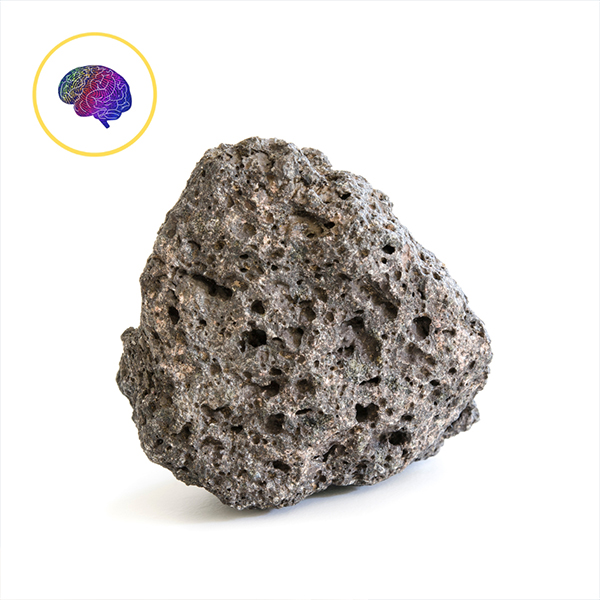Differentiation Tip 3
How can adjusting the complexity of information in lessons help neurodivergent learners?
Differentiation is never about lowering standards. Quite the contrary. It’s about lifting every member of your class up so that they can meet your hopes and aspirations and their own. As stated in my previous blog (tip 2), adjusting the complexity of information is not about watering down content. Instead, it gives us an opportunity to think about the depth as well as the breath of learning we provide.
Let’s start by looking at why these types of adjustment are important.
Why do neurodivergent pupils benefit from adjusting the complexity of information in our lessons?
I went into a lot of details in my previous blogs about how and why your neurodivergent pupils may process information differently to their neurotypical peers. This is largely based on cognitive difference in the way the neurodivergent brain is wired and differences in filtering and ordering information. For more information see tips 1 and 2 (links).
The accepted model of human cognitive processing dates to 1968 and was devised by Atkinson and Shiffrin. The theory goes that there are 3 parts to memory: sensory memory, working memory and long-term memory. When we say we need to remember something, especially in a school context, when we expect a pupil to remember something we usually mean ‘commit to long term memory’. Which isn’t possible without the other steps.

Sensory and Working Memory
Sensory memory is constantly triggered by our sensory experience, but most of this information is forgotten unless it is important to keep us safe or we have an extreme emotional reaction to it.
Working memory can hold 5-9 pieces of short-term information. Things such as passcodes for our banking app or directions for journeys we take once or twice sit here and then are forgotten. This information could be committed to long term memory if we need it through repetition an encoding in schemas. These are patterns or structure that help us make sense of information. ‘If I say the words ‘catch’, ‘plumber’, ‘dog’ or ‘restaurant’ to you will have some idea what they mean because collections of sensory memory have moved through your working memory to your long-term memory so that you can recall them next time you hear them. At this point it is also important to understand what is meant by ‘cognitive load’ as this is an
important concept in learning.
If working memory is overloaded, due to too much cognitive load, by us being asked to remember more information than we can process, we can’t remember it. There is no chance that this information, no matter how vital, will be committed to long term memory.
What is cognitive load?
Cognitive load is the amount of information your memory can hold at one time. This theory originated in the 1980s by John Sweller.
“The average neurotypical can remember between 5-9 things at time. For neurodivergent people this is likely to be much lower, making multi step instructions far harder to retain. This will also make ‘information overload’ more likely, making it less likely that information will be committed to long term memory.’
How to adjust complexity without ‘dumbing down’
Adjusting the complexity of information for students without dumbing down the content is a crucial skill for effective teaching. Here are some strategies for teachers to achieve this balance:

During a year 7 Geography lesson consider
1. Provide fewer pieces of information at one time by; differentiated verbal and written instruction for example ‘Keith name the 3 types of rock and explain why they are called this.” “ Jakub describe igneous rock.” This could be spoken and written on paper, a white board or the smart board.
2. Provide different pathways and resources for students to access the content such as visuals, diagrams and sample (of rocks in this example)
3. Use Clear and Precise Language:
-Use language that is clear and accessible to your students.
– Introduce new terms gradually and provide definitions and examples as you go. “
Ingenious rock is formed when lava from below the ground cools. This is called magma” Rather than “ Igneous rock is the solidification of molten magma”
4. Encourage Critical Thinking:
– Consider asking open-ended questions and engage students in discussions that require critical thinking.
– Encourage students to connect new information to what they already know, fostering a deeper understanding. “Sophie, what did we learn last lesson about igneous rocks and the Earth’s mantle? How does this relate to the formation of metamorphic rock?”
5. Create a Supportive Learning Environment:
– Foster a classroom culture where students can collaborate feel safe asking questions and seeking help when needed.
“David and Meena, work together to categorise the types of rock listed on page 89 into 3 groups. What should we call the groups? How will you lay out your answers?”
6. Real-World Application:
– Show students how the content applies to real-life situations. This can make complex concepts more relatable and engaging. Whilst you may not be able to visit Mount Vesuvius, or the Earth’s core, you may be able to show videos or play audio of a volcano erupting.
Remember that differentiation in the classroom can be challenging, as it requires a deep understanding of your students’ abilities and needs. It also requires adaptability and a commitment to meeting each student where they are on their learning journey. By implementing these strategies, you can provide a more tailored and enriching educational
experience for all your students without compromising the integrity of the content.
To learn more please see our printables here ➡️ : Differentiation
